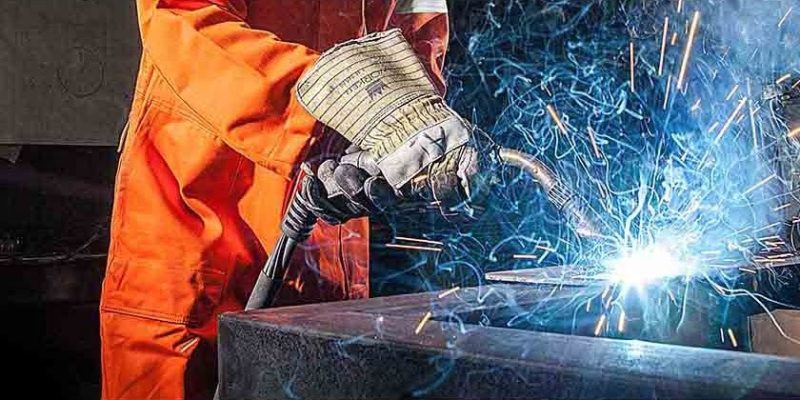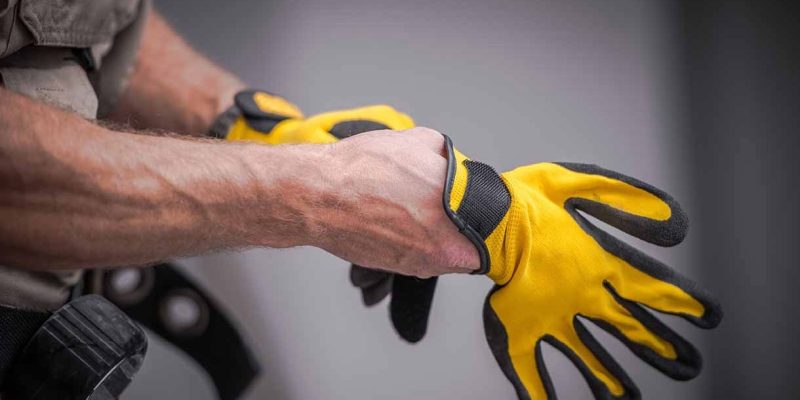Free e-paper
Hand protection
At which mail address would you like to receive this poster?
"*" indicates required fields
At VeiligGoed we have a lot of experience with counselling and delivering hand protection. We always have the well-known brands in stock, so we can deliver quickly.
Your hands are the most important tools during your work, but also the most vulnerable part of your body; around 35% of industrial injury involves the hands. Often this injury is caused by sharp objects, but also by heat or chemicals.
Therefore, it is highly important to adjust the hand protection to the risk. There are loads of different types of gloves with different protective properties.

Standards for gloves
| EN 420
EN 388 EN ISO 374 EN 407 EN 421 EN 511 EN 1082 EN 659 EN 12477 EN 60903 EN ISO 10819 EN 381-7 |
General requirements
Protection against mechanical hazards Protection against chemicals and micro-organisms Protection against thermal hazards (heat and/or fire) Protection against ionising radiation and radioactive contamination Protection against cold Protection against cutting and stabbing injury, due to hand knives Protection for fire fighters Protection for welding activities Protection for working on live parts Protection against mechanical vibration and shocks Protection for users of chain saws |
In addition to the safety requirements, comfort is essential aspect of the work, because you will need to be able to work while wearing gloves, for a longer period of time. For gloves, this depends on three aspects:

A glove basically consists of two parts: the liner (basis), made of textile or cotton, with a coating on top which forms the protective layer. The type of coating is selected, depending on the function. Please find below the most common coatings.
| Nitrile | PU | Latex | |
| Coating | Little sticky | Light and breathing | Flexible and soft |
| Grip Grip in case of dry work dry work | Yes | Yes | Yes |
| Grip in case of water | No | Yes | Yes |
| Grip in case of oil | Yes | Yes | No |
| Suitable for heavy duty | No | No | Yes, laminated coating |
Other materials
Our advisors are happy to help you or make an appointment if you wish.
Phone: +31 184 434 455
Mail: info@veiliggoed.nl
The selection of hand protection is a meticulous matter. Take your risk-inventory or H&S catalogue as a starting point and seek advice from our PPE-consultants. This way, you will comply with the laws and regulations and additionally, you can guarantee the safety at work.
Julian Bal - Strategic PPE advisor

Trapezium 400
3364 DL Sliedrecht
"*" indicates required fields
"*" indicates required fields